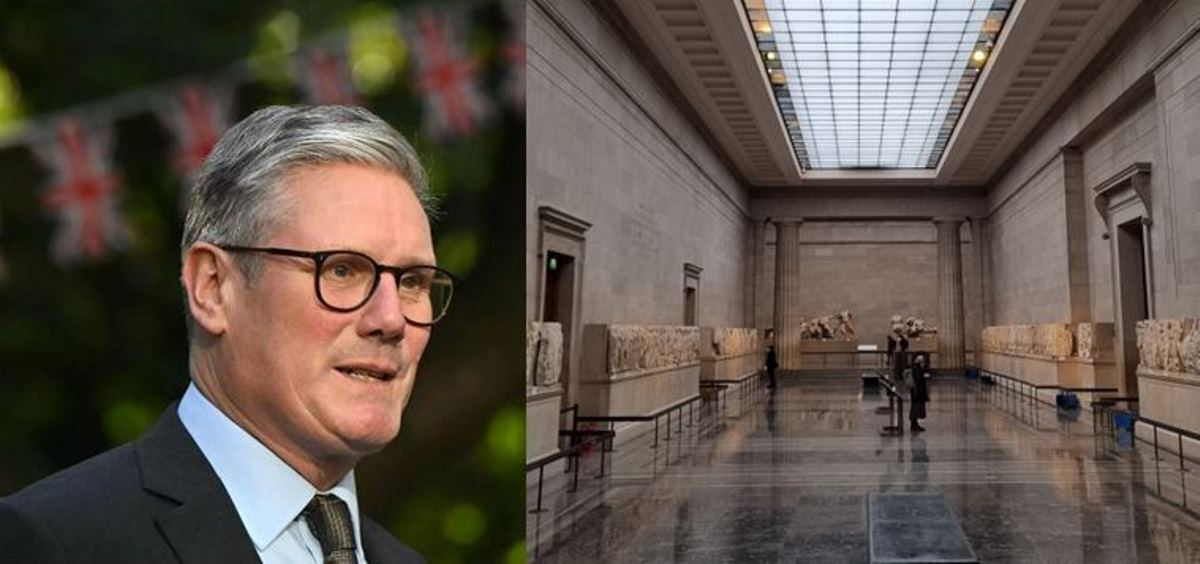For the first time in 2,500 years the ancient sculptures from the Acropolis in Athens have begun moving to a new home, the new Acropolis Museum at the foot of the hilltop citadel. The first piece that made the meticulously choreographed journey was a 2.3-ton marble block from the Parthenon frieze, a sculpted strip depicting a religious procession that runs around the ancient temple just below roof level.
Using three cranes up tp 170 feet high, a team of 35 workers relay the priceless 6th and 5th centuries B.C. artefacts off the Acropolis hill into the purpose-built new museum, which is set to open its gates to visitors next year. The cranes are expected to ferry the antiquities down the fabled hill within three months. Wearing padded harnesses, the sculptures are hoisted into Styro-foam-filled boxes made of plywood and metal. Each crate will take up to 2 1/2 hours to reach the new museum, travelling just a few yards above ground level.
In total, 154 sculptures weighting 113 tons and thousands more antiquities from the 130-year-old first Acropolis museum, weighting another184 tons, will be placed in the new ultra modern building designed by Bernard Tschumi. The initial "transfer of the century" as the Greek Culture Minsiter Michalis Liapis has described it, was watched by crowds of bystanders as well as officials, notably Mr Liapis and the ambassadors of the EU member countries in Greece.
Mr. Liapis said that it was a "historic event of a global significance". Greek officials hope the new site will boost the country's long campaign for the re-unification of the Parthenon sculptures, known in the UK as the Elgin Marbles. The Parthenon Marbles are a collection of sculptures that were removed from the Parthenon 200 years ago by Lord Elgin and are now part of a collection at the British Museum in London.The British Museum argues that by being exhibited in London, the sculptures are seen in a broader historical context.





Comments powered by CComment